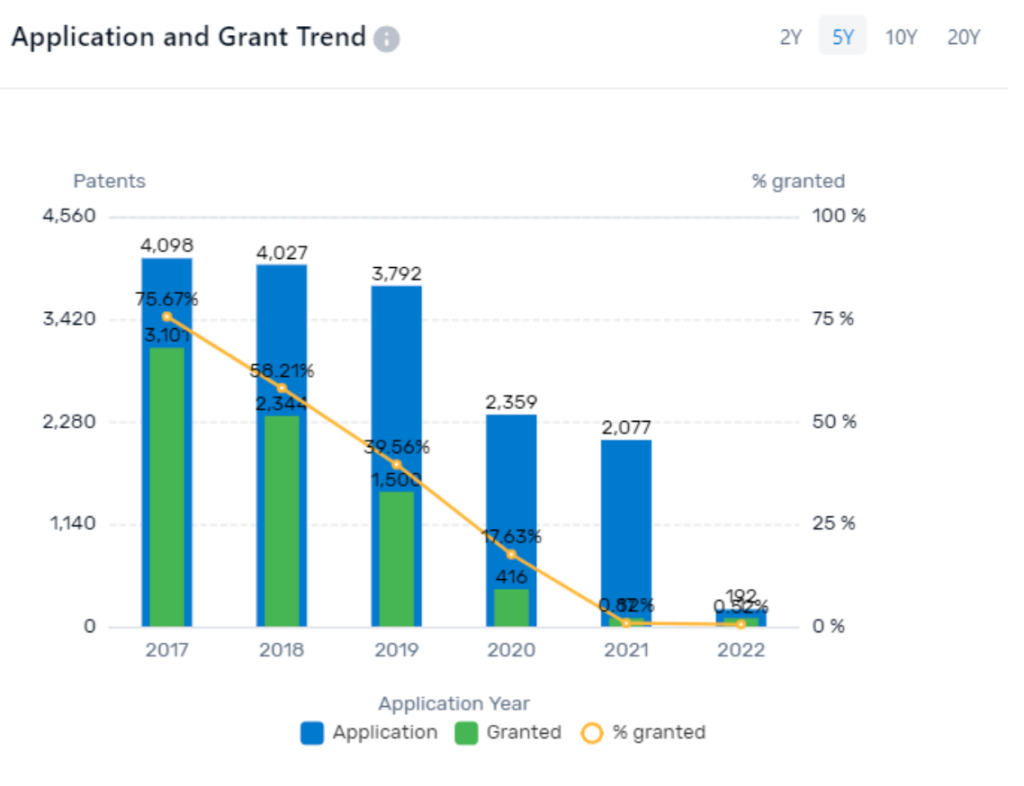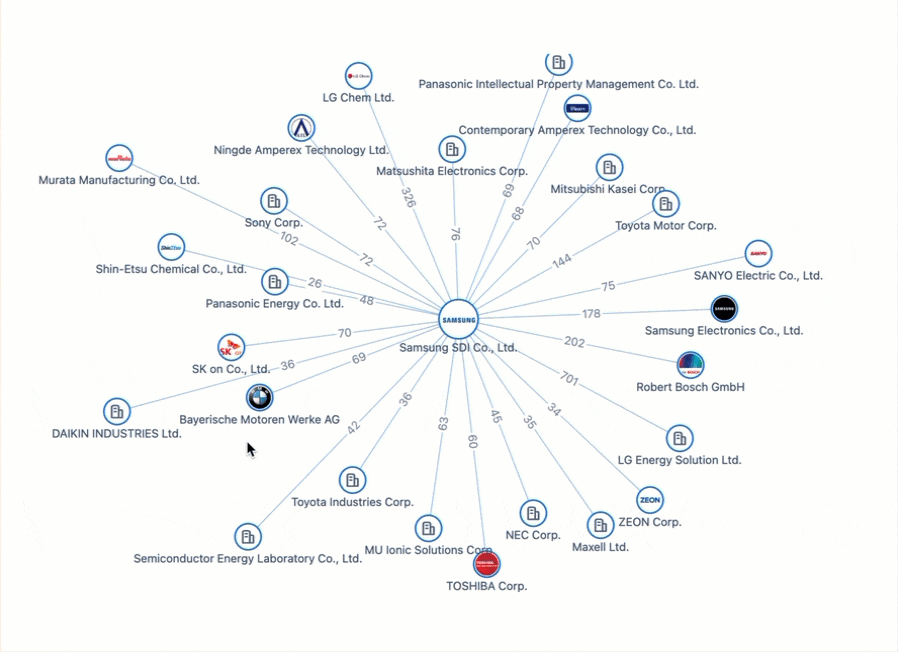Boeing’s New Research Center for Sustainable Aviation
The future is green, and Boeing is hopping on board. In this article, we’ll explore Boeing’s new research initiative and how the company plans to address sustainability in the aviation sector.
This article was curated using our AI-powered Discovery Product, which connects billions of patent and non-patent data points. Get the technology insights and competitive intel you need.
The transportation industry accounts for 27% of annual greenhouse gas emissions, making it the biggest contributor to carbon dioxide (CO2) emissions worldwide.
The impacts of CO2 are detrimental and far-reaching. From increasing global temperatures to more acidic oceans, carbon dioxide endangers the livelihood of plants, animals, and humans around the world. As the planet heats up, natural disasters such as flooding, famine, drought, and hurricanes increase in intensity and frequency.
Although aviation’s contribution to climate change only amounts to 2.5% of global CO2 emissions, planes are extremely difficult to decarbonize meaning left unchecked, the emissions from aviation will have a compound effect on global warming. In light of this, aviation conglomerate Boeing announced it has plans to open a new Japanese-based sustainability research center and further expand its existing sustainability partnerships.
In this article, we’ll dive into Boeing’s new initiative and how the company plans to address sustainability in the aviation sector.
An Overview: Boeing and Its New Research Center
The future is green, and Boeing is hopping on board. The company aims to have all commercial flights run on sustainable aviation fuels (SAF) by 2030. To aid in this quest and drive sustainable initiatives in the aviation industry, the company recently announced its plans to open a new research center to focus on SAF, hydrogen propulsion, robotics, digitization, and composites.
These new initiatives will help Boeing plan for and future-proof operations. This comes at a crucial time because the industry is actively recovering from economic losses stemming from COVID-19, while also shifting to more sustainable business practices with long-term environmental and financial benefits.


By investing in its new research center, Boeing will be able to boost its research and innovation strategies. This should have a positive effect on Boeing’s revenue, and result in rising profits.
A Glance into the Future of Sustainable Aviation
As opposed to using traditional jet fuel, which is a known environmental pollutant, Boeing’s new center will focus on SAF. SAF uses renewable feedstocks such as cooking oil and animal fat as fuel, which makes it a healthy alternative to traditional fuel. What’s more, it provides an 80% reduction in CO2 emissions compared to regular jet fuel.
As the graph below shows, the global SAF market size is forecasted to grow rapidly. By 2026, it’s expected to reach $6.65 billion.

Unsurprisingly, Boeing is also researching electric and hybrid planes. This is part of a growing interest in the aviation industry, as investments in battery-powered and hybrid planes have been steadily increasing for the past five years.
In the years to come, we expect to see the market increase in valuation as additional venture capital investments roll in, and research continues. In fact, the first commercial-ready electric planes are expected to launch in 2026, with early adopters United and EasyJet leading the charge.

Closing Words: The Aviation Industry is Flying Towards a Sustainable Future
Boeing’s new research center, coupled with other electric aviation industry leaders, is likely to pave the way for the future of aviation. In conjunction with the climate crisis, we expect to see more aviation company’s implementing and adhering to sustainable practices.
If you’re interested in keeping track of new developments in the climate change space, try our Discovery platform for free. It provides you with instant access to billions of global data points including company news, M&A activity, VC investments, tech trends, and more!
Author Bio

William works as a Product Specialist at PatSnap, with a focus on the Discovery Platform. He is pursuing a bachelor’s degree in Business Management at the University of Brighton. In his spare time, William enjoys sports and reading novels.
Your recommended content
-

Patsnap Surpasses US$100 Million in Annual Recurring Revenue
Category: Article | Category: News/PR
Wednesday, June 12, 2024
Patsnap has reached a significant milestone of achieving $100M in Annual Recurring Revenue (ARR), marking an impressive 20% year-over-year growth in 2023. This milestone highlights the massive and meaningful value our platform brings to over 12,000 IP and R&D teams across 50 countries, driving efficiency, productivity, and collaboration.
-

Introducing Hiro, an AI assistant built for IP and R&D workflows
Category: AI advancements | Category: AI development | Category: AI-tools | Category: Article | Category: artificial intelligence
Tuesday, May 14, 2024
Powered by Patsnap’s industry-specific LLM, Hiro is designed to streamline IP and R&D workflows from ideation to product launch. With its robust AI capabilities, Hiro brings a new level of efficiency, precision, and security to tasks that were once time-consuming and labor-intensive.What sets Hiro apart is that it draws from our large language model that’s been trained on market-leading patent records, academic papers, and proprietary innovation data. This ensures we deliver more accurate and reliable results for every prompt.
-

Powering the Future of Electric Vehicles: The Battle for Battery Innovation and Patents
Category: Article | Category: battery technology | Category: electric vehicle | Category: EV | Category: lithium ion | Category: lithium ion battery | Category: NEV | Category: new energy vehicles
Monday, April 22, 2024
In the ever-evolving landscape of innovation, the electric vehicle (EV) industry stands as a beacon of technological transformation. As we explore the patents propelling the EV revolution, Apple's venture serves as a poignant example of the challenges even industry giants face in this competitive arena. Join us on a journey through the global patent landscape, where the quest for superior power solutions unfolds, and where the true pioneers of the EV revolution are making their mark.